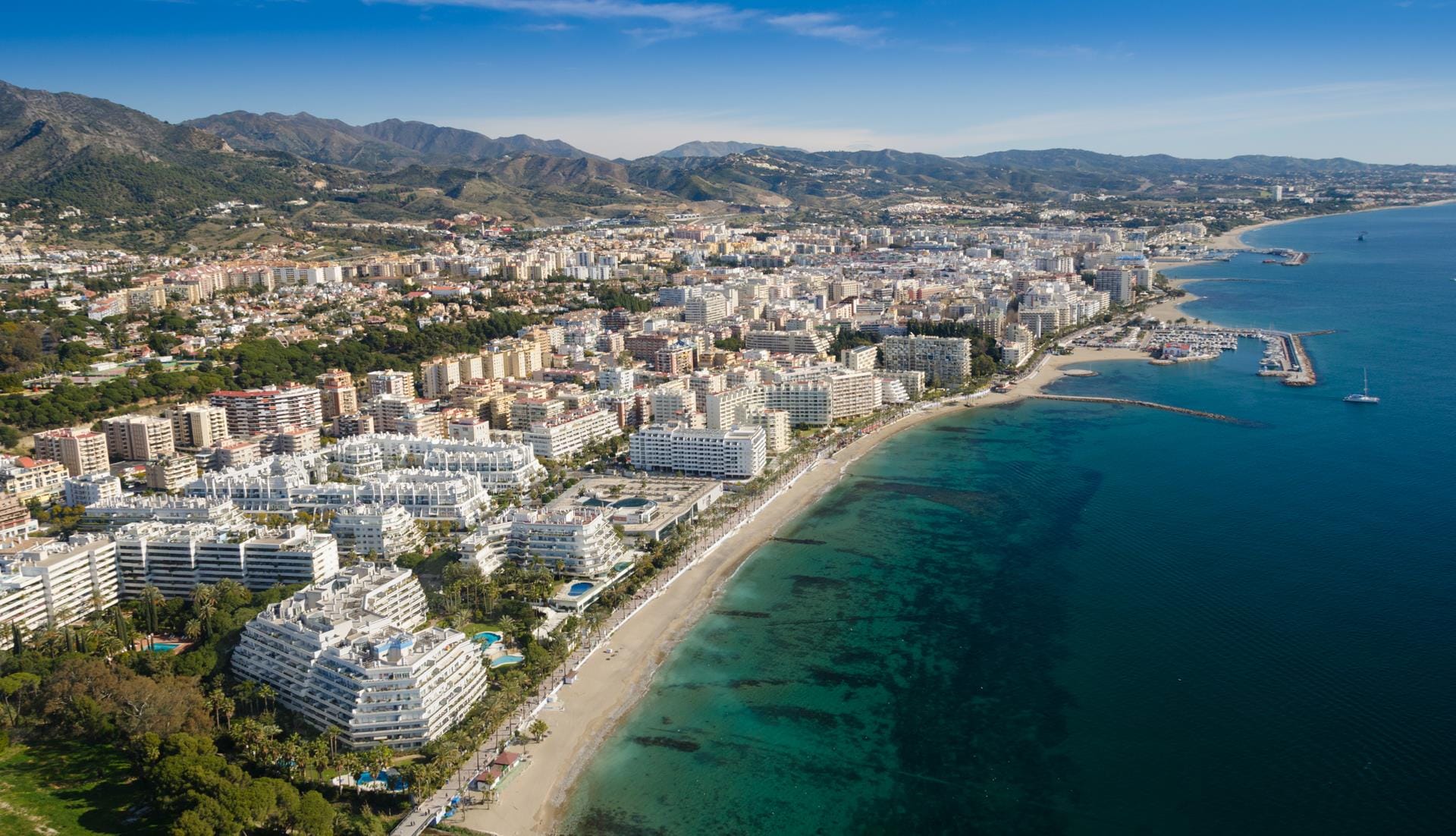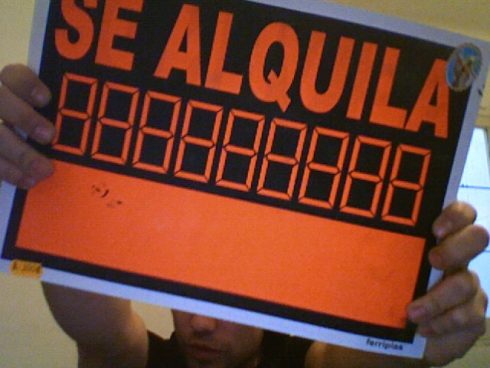IT has been mired in controversy for over six years but there may be light at the end of the tunnel for Marbella’s belated PGOU.
The current problems surrounding the Plan General de Ordenacion Urbanistica and Marbella’s ability to effectively manage its own urban development date back to the town hall’s original submission in 2010, and its rejection by Spain’s supreme court in 2013. Let’s see how things stand as we near 2020.
The 2010 PGOU, as it was called, was an attempt to normalise the local housing situation in the wake of both the global financial crisis and a decade of planning infringements carried out under a succession of Marbella mayors and town planners.
The document was pragmatic in its nature, seeking to find a streamlined way to legalise the approximately 16,500 properties in Marbella that were (and continue to be) without normal legal status.
However, ‘easy’ solutions are hard to find. And while it is understandable that Marbella mayor, Angeles Muñoz, and her team sought to re-establish normality and confidence in the market, in the end their approach proved to be too pragmatic and streamlined and was declared null and void by a higher power – the national supreme court.
Original outcome

The result was that the town hall was sent back to the drawing board, this time not to produce a hastily assembled, perhaps overly pragmatic document, but a complex, highly technical and legally entwined blueprint of the kind loved by Spain’s lawmakers.
The fact that after several years it still appears nowhere near finished has become a source of local and national embarrassment.
After the Supreme Court ruling, the town automatically reverted back to the previous 1986 PGOU. However, being over 30 years old, it woefully failed to deal with today’s urban requirements and complexities.
The result is that those poor souls who bought land for development in the wake of the 2010 PGOU have, in many cases, seen their projects become unfeasible, at least for as long as the current impasse exists.
Overall, the waiting time for approval or rejection of a planning submission on a build project – large or small – has lengthened to between one and two years – totally unacceptable in a place like Marbella which depends on property development as a prime economic activity.
In the end, many simply gave up on Marbs and much of the investment and development of recent years has gone to neighbouring towns like Estepona, Benahavis, Ojen and Mijas, which have their planning laws in order.
Winners and losers
The efficiency of Benahavis and Estepona in particular, where it typically takes two-to-six months to obtain a building licence, has meant that both towns have cashed in over the past few years at Marbella’s expense.
That said, there have still been a good number of new projects created in locations such as Marbella East, the Golden Mile and Nueva Andalucia, plus a renaissance in building licenses for reform projects.
In fact, it may be a good thing that development has been more evenly spread out along the coast this time round, leaving some land available in Marbella for future development.
The process – or lack of one – has also meant property price growth has t been distributed more evenly, reducing the likelihood of location price bubbles.
However, the fact that Marbella continues to have no clear deadline set for the delivery of a modern, functional PGOU by which to manage its future growth and evolution is certainly not good for anyone.
Twists and U-turns
Meanwhile in a new twist, the PGOU – worked on for several years, then scrapped and given to an independent company to start all over again – is back at square one.
In a complete turnaround, Marbella Town Hall has decided to rescind the contract and complete the PGOU in-house after all – though it will be starting from scratch again.
The 12-member team will consist of two legal experts, two architects, a specialist in mobility, an infrastructure expert, a financial controller, two geographical data experts, an IT engineer and an administrative person.
On a more positive note, it has been announced that the new PGOU is intended to include more of a focus on creating a liveable, modern city that is inclusive, technologically advanced and contains green spaces in a drive towards environmental sustainability.
It will also aim to reach an accord with developers to lower building densities and focus more on quality and less on quantity.
If the new Marbella PGOU delivers all of this, it will actually have been worth the wait!








